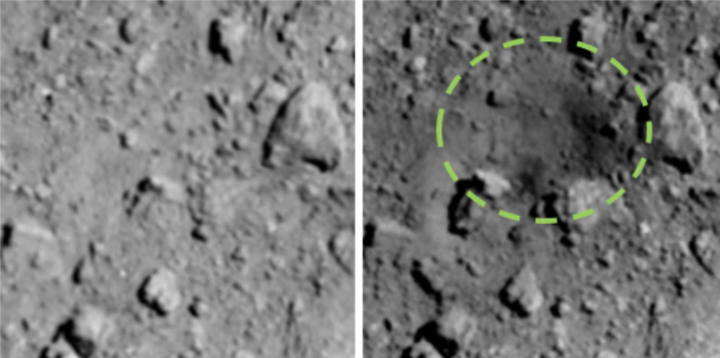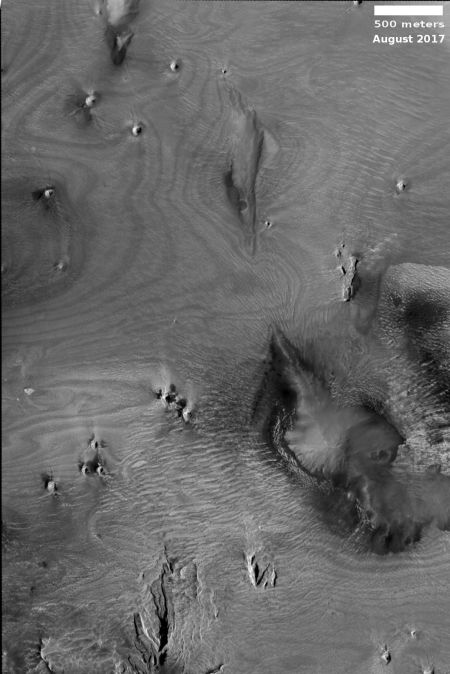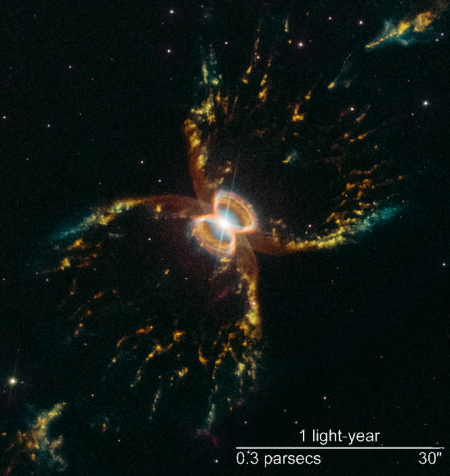ISRO delays Chandrayaan-2 to July
An unnamed official at India’s space agency ISRO has revealed that they have decided to further delay its lunar lander/rover Chandrayaan-2 until July following the landing failure of SpaceIL’s Beresheet on the Moon.
“We saw Israel’s example and we don’t want to take any risk. Despite Israel being such a technologically advanced country, the mission failed. We want the mission to be a success,” he said.
The launch of India’s Moon mission was scheduled in April but it was postponed after Israel’s Beresheet spacecraft crashed during moon landing early this month. The ambitious mission was a first for a private effort.
“Landing on the Moon is a very complex mission and all the exigencies have to be factored in,” the official added.
No reason was given for the delay, other than a desire to be cautious. While caution is often a wise thing in experimental engineering, too much caution can be a fatal flaw. Chandrayaan-2 was originally scheduled for launch in the first quarter of 2018. It has now been delayed repeatedly since then, with the only hint of a reason being an unconfirmed story suggesting it was damaged during ground tests.
If this damage is the reason, then ISRO should tell us. Otherwise, the agency is beginning to look like it is afraid to fly.
An unnamed official at India’s space agency ISRO has revealed that they have decided to further delay its lunar lander/rover Chandrayaan-2 until July following the landing failure of SpaceIL’s Beresheet on the Moon.
“We saw Israel’s example and we don’t want to take any risk. Despite Israel being such a technologically advanced country, the mission failed. We want the mission to be a success,” he said.
The launch of India’s Moon mission was scheduled in April but it was postponed after Israel’s Beresheet spacecraft crashed during moon landing early this month. The ambitious mission was a first for a private effort.
“Landing on the Moon is a very complex mission and all the exigencies have to be factored in,” the official added.
No reason was given for the delay, other than a desire to be cautious. While caution is often a wise thing in experimental engineering, too much caution can be a fatal flaw. Chandrayaan-2 was originally scheduled for launch in the first quarter of 2018. It has now been delayed repeatedly since then, with the only hint of a reason being an unconfirmed story suggesting it was damaged during ground tests.
If this damage is the reason, then ISRO should tell us. Otherwise, the agency is beginning to look like it is afraid to fly.




